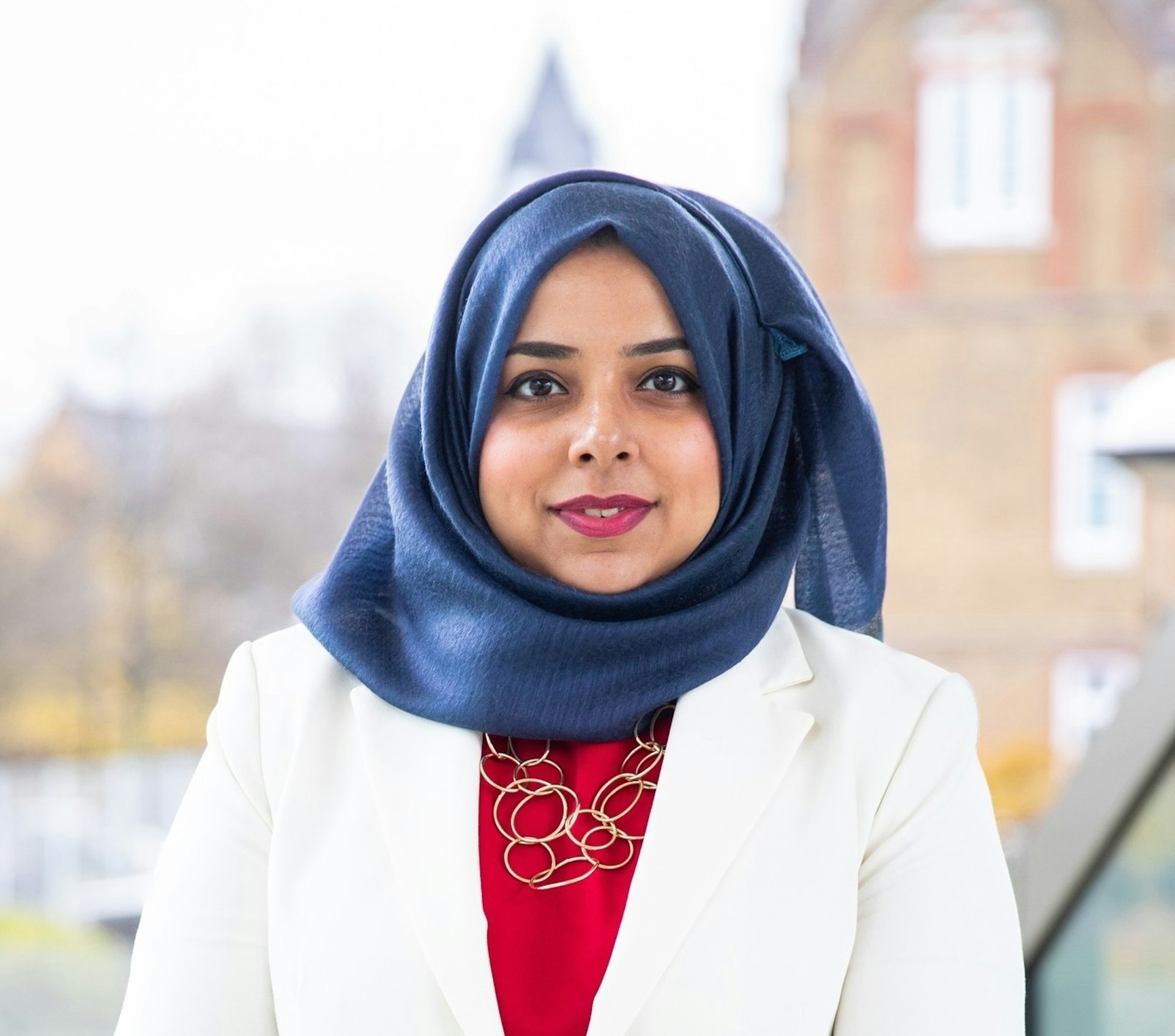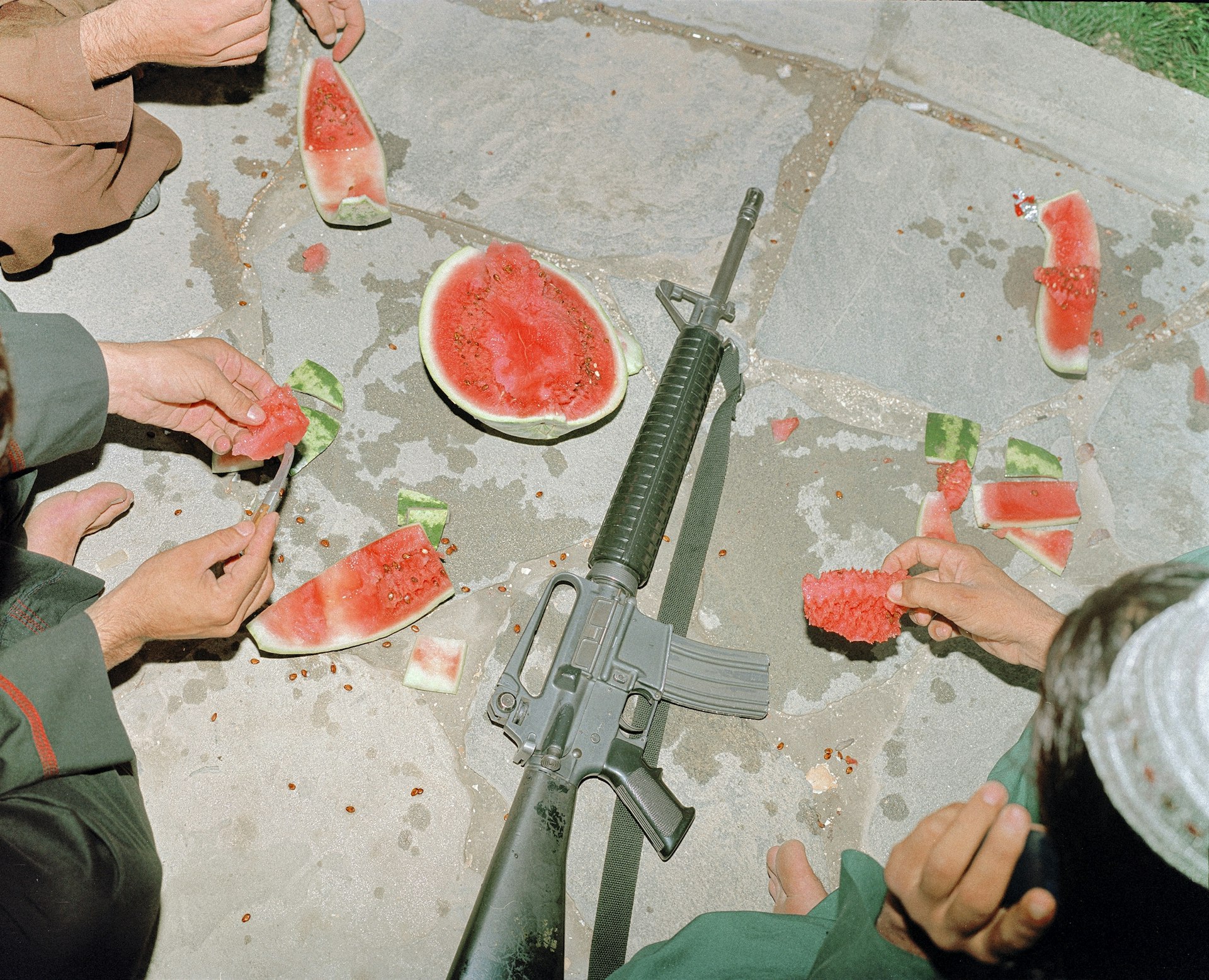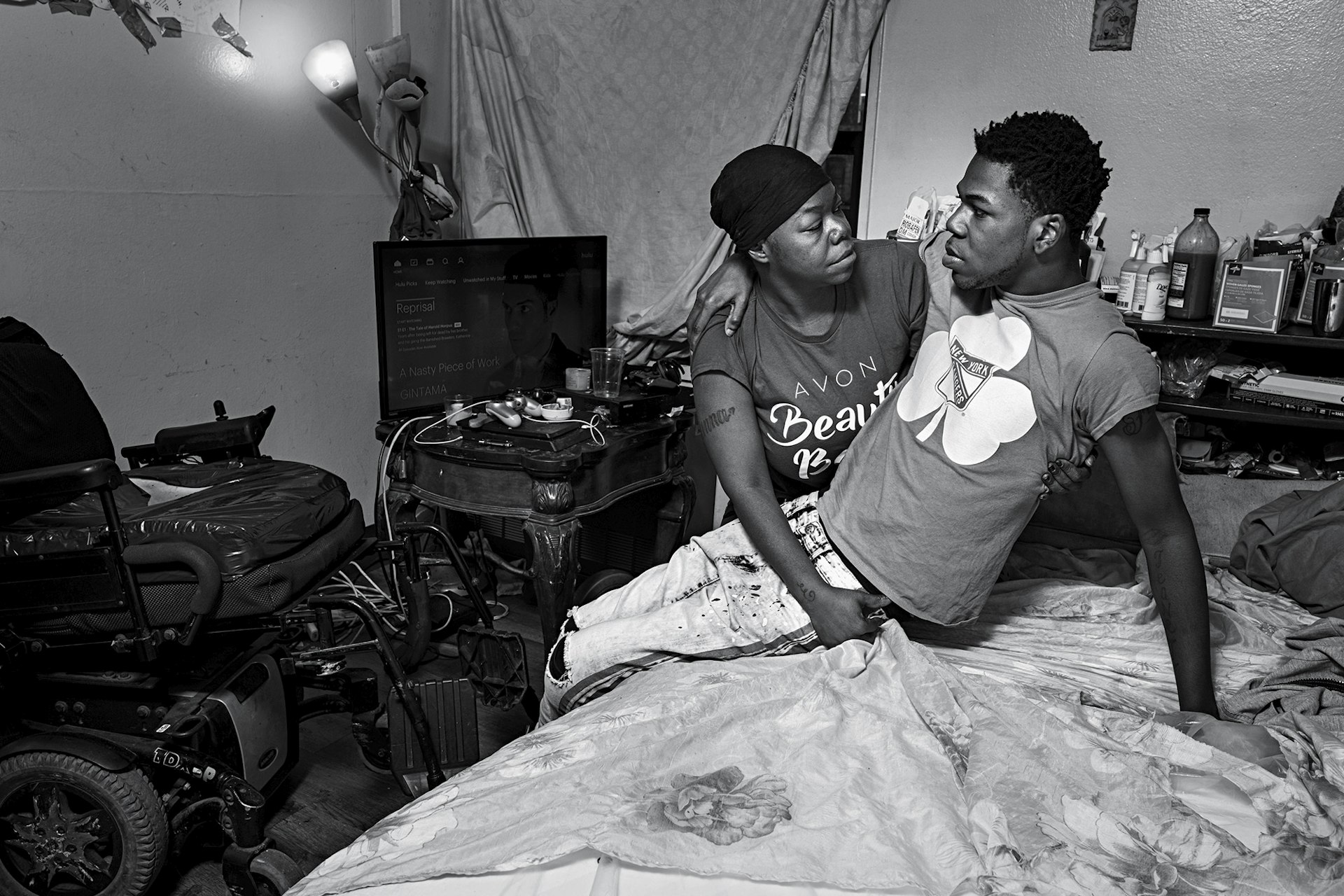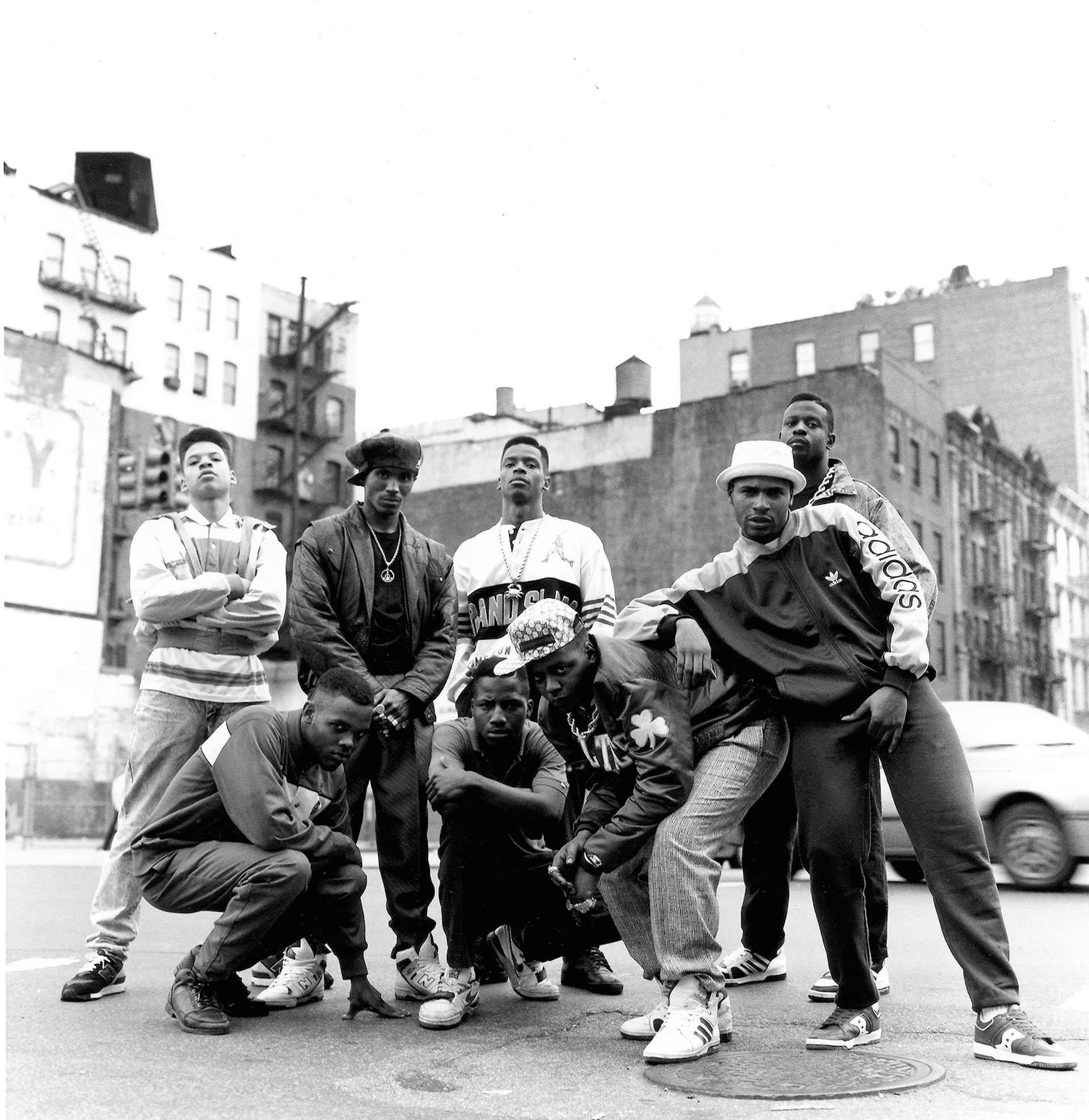A portrait of teenage resistance in Brazil
- Text by Miss Rosen
- Photography by Alicia Esteves

When the São Paulo government proposed closing over 100 public schools in October 2015, high school students rose up in rebellion against the state. After tagging a series of hostile street protests they took it to the next level. Over the next three months, they organised occupations of the schools themselves – climbing over school walls, breaking the locks, barricading the doors, and declaring: “the school is ours.”
“The reorganisation project was so absurd that it felt like everyone was against it; the community, intellectuals, students and teachers,” says Brazilian photographer Alicia Esteves.
Soon a booklet – translated into Portuguese from a Chilean leaflet made by students who occupied their schools in 2006 – began to circulate through the hands of students in São Paulo.
“Suddenly the first school was occupied, and then another one,” Esteves remembers. “10 schools were occupied, and then more than 100 schools. At the end over 250 schools were occupied. I had just got my first digital camera around this time and thought I could help the occupation by photographing it.”
Esteves’s photographs are included in When It Breaks It Burns, a play from coletivA ocupação, a group of 15 student activists who were involved in the movement. The performance sees them re-enact this historic moment in Brazilian history through live music and dance, for an immersive theatre experience.
“We all knew each other in one way or another,” Esteves says of the members of coletivA ocupação, “but we were all together for the first time in the occupation of the Paula Souza Center, an administrative building, which was occupied less than a year after the occupations of public schools. Martha, our director, was filming and supporting the fight. She came up with the idea of doing a performance to tell what we had experienced.”


Esteves first occupied Silvio Xavier Antunes High School in the north of the city alongside at least 30 other activists. A few weeks later she went to Fidelino de Figueiredo High School, in the centre of the city.
Due to police violence in the early occupations, the students obtained a court order that protected the occupations from the police “It was our first victory,” Esteves says. “We were reclaiming physically and collectively our own futures. There was this feeling of invulnerability. The occupied schools were our sacred territory, where we were collectively creating our desires and agreements.”
During the occupation, the students made decisions collectively, organising commissions for food, cleaning, communication and security. They became agents in their own education, discarding the traditional model in favour of creating a decentralised environment where they could teach themselves anything – from how to cook rice for 20 people, to the tenets of Marxism.
“The government responded very violently,” Esteves says, noting that then-Governor Geraldo Alckimin was infamous for being violent towards social movements. “The police could not enter the occupation so they attacked us on the street. A friend was kidnapped. We spent the night in despair until he reappeared bleeding on a road. The police showed him a folder with pictures of students and supporters and when he declined to identify them, they beat him up.”
Many occupants, then only 14-20 years old, have developed PTSD and anxiety as a result. Yet, as coletivA ocupação reveals, they have not given up hope. “Everything is possible when you are not alone,” Esteves adds. “Find the others and you will know what to do.”






When It Breaks It Burns is at Battersea Arts Centre in London from February 19-26, 2020.
Follow Miss Rosen on Twitter.
Enjoyed this article? Like Huck on Facebook or follow us on Twitter.
Latest on Huck

“I refuse to accept child poverty is a normal part of our society”: Apsana Begum MP on voting to scrap the cap
After seeking to “enhance” the King’s Speech by voting for the scrapping of the controversial two child benefit cap, the MP for Poplar and Limehouse lost the Labour Whip.
Written by: Apsana Begum

Is skateboarding really a subculture anymore?
With skate’s inclusion in the Olympics, Kyle Beachy asks what it means for the culture around the sport, and whether it’s possible to institutionalise an artform.
Written by: Kyle Beachy

Autism cannot be cured — stop trying
A questionable study into the ‘reversal’ of autism does nothing but reinforce damaging stereotypes and harm, argues autistic author Jodie Hare.
Written by: Jodie Hare

Bristol Photo Festival returns for second edition
After the success of it’s inaugural run, the festival returns this autumn with exhibitions, education and community programmes exploring a world in constant motion through still image.
Written by: Ben Smoke

Documenting the life of a New York gang leader paralysed by gun violence
New photobook ‘Say Less’ is a complex yet humanising look into a life wrecked by gun violence and organised crime.
Written by: Isaac Muk

The woman who defined 80s Hip Hop photography
A new exhibition brings together Janette Beckman’s visionary and boundary pushing images of an era of cultural change and moral panic.
Written by: Miss Rosen